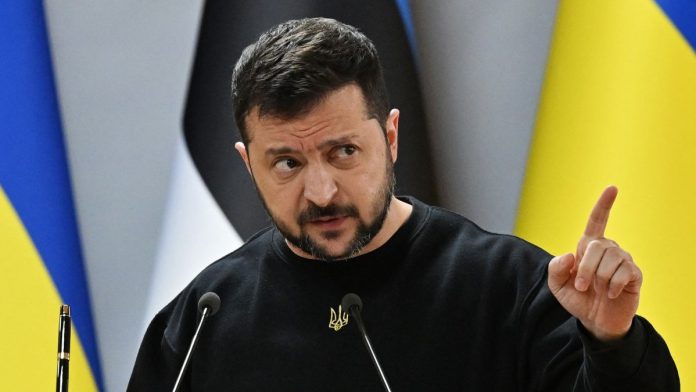President of Ukraine Volodymyr Zelensky has signed the Bill No. 12232, which determines the terms of obtaining a loan of $ 50 billion from the Great Seven countries (G7) and the European Union. The peculiarity of this loan is its attachment to future reparations from Russia.
- Conditional debt:
- The law introduces the concept of "conventional debt", which mean that creditors will have limited rights at the request of refunds.
- Ukraine is not obliged to repay the loan until Russia pays reparations.
- Non -standard approach to debt accounting:
- The loan amount will not be taken into account as part of the public debt of Ukraine. This will maintain the country's financial stability and avoid additional debt load.
- Source of loan repayment:
- Funds will be serviced and repaid at the expense of assets frozen in international jurisdictions, in particular assets of the Central Bank of Russia.
- In October 2024, the G7 countries and the European Union collectively agreed to provide Ukraine with up to $ 50 billion to cover budget, military and renewable needs .
- This step is a response to the challenges facing Ukraine in connection with the war, including infrastructure restoration, humanitarian aid and military expenses.
- Financial support without additional debt burden:
- The law guarantees that the loan will not affect the state finances of Ukraine until the payment of reparations.
- Stimulus for international pressure on Russia:
- The redemption to reparations forces partners to intensify efforts to use frozen Russian assets to support Ukraine.
- A powerful signal of international support:
- The G7 and the EU decision demonstrated their determination to support Ukraine in war, using all possible tools for economic and political influence.
- Legal aspects of using frozen assets of:
- The sale of payments depends on international legal mechanisms that will allow these funds to repay the debt of Ukraine.
- Political risks:
- Russia will probably try to challenge the legality of this process through international courts.


